 Use it or loose it is an admonition we hear often when it comes maintaning lean tissue (muscle and bone). It It is probably one of the better examples of a a cliche, but the saying does communicate an important truth: our bodies are made for activity, not passivity, and will deteriorate at a surprising rate during inactivity. This is especially true for older adults, who lose lean tissue much more rapidly than the young during periods of physical inactivity. Loss of muscle mass due to prolonged (which may be defined as as little as a week or two during bed rest) inactivity predominantly affects the largest muscles of the body, the muscles of the legs and buttocks. Inactivity also poses a significant threat to our health in other ways, and contributes to everything from cancer to heart disease. It has been even estimated that physical inactivity causes as many deaths as smoking, hence the recent jingle “sitting is the new smoking”. In the population of people 65 years of age and older, decreased levels of physical activity contribute greatly to the epidemic of falls and subsequent injuries. A third of all individuals 65 and older fall each year, and in half of these folks the falls are recurrent. During this time, when the entire population has been encouraged to practice social distancing and work from home, and gyms have closed and everyday movement been minimized, we risk limiting our physical activity and exposure to fresh air and sunlight to levels that pose a threat to our fitness, health and safety. Physical inactivity also increases pain levels in patients with chronic pain. In all individuals, but especially in those with hypermobility disorders it is imperative to not allow the system of stabilizing muscles to atrophy and weaken due to inactivity, as this is a common turning point for increased pain and dysfunction. Exercise has a multitude of amazing effects on our body and mind, and we’d do well to harness these benefits at a time when we all need to support both our mental and physical health. Movement and resistance training to the rescue Physical activity has an effect on almost every organ and tissue in the body. It supports immune system function, is important for mood and general wellbeing and, when performed outdoors, strongly contributes to circadian rhythm entrainment (ie our daily sleep-wake cycle). The best intervention to prevent and treat loss of lean tissue is resistance exercise, which simply means that your muscles are straining against an external force, be it a weight, an exercise band or the weight of your own body moved against gravity, when coupled with an appropriate protein intake. However, sitting all day and only moving once a day for exercise may not do the trick, either, as there is some proof that sitting 13 hours a day or more, easily accomplished especially during social distancing, may undo all the metabolic effects of the exercise and leave you with the elevated levels of triglycerides and blood sugar that exercise normally counteracts. For those aged 65 years and older, it is also recommended that protein intake be increased from 0.8g/kg/day to 1,2 g/kg/day in order to maintain lean body mass. So how much activity is enough to confer beneficial effects? Is picking one activity that you like enough? Think about it this way: what we call exercise is our way of compensating for the lack of spontaneous movement and hard work that evolution has prepared us for, and our bodies consequently expect. Therefore, engaging in only one type of movement, such as walking, is not enough in order to emerge from temporary isolation and inactivity unscathed. Instead, we need variety. All types of physical activity have distinct effects and benefits. The best intervention to prevent and treat loss of lean tissue is resistance exercise, which simply means that your muscles are straining against an external force, be it a weight, an exercise band or the weight of your own body moved against gravity. DAILY EXERCISE ROUTINE What follows is a program that will help meet your body’s need for frequent movement through the day, movement for circulation, cardiovascular health and immune system support, and maintenance of lean body mass. It is divided into three sections, with the section for strengthening divided into two subcategories. The sections offer activities of varying levels of difficulty and a chance for variety. Choose the most appropriate levels for you --you should be working hard but be able to maintain good form, or quality of movement,-- and make sure to pick one choice from each group. All exercises should be pain free, but mild soreness at the beginning of an exercise is fine. Follow the traffic light guidelines to distinguish between innocuous soreness and pain as a sign to stop. Two exeptions to be aware of: perform all three stretches daily, but perform strengthening exercises only every other day if you are able to perform them at an intensity that gives you a bit of exercise soreness the following day. GROUP 1- Frequent movement through the day
GROUP 2 - “Aerobic exercise” or prolonged higher intensity movement Best if performed outdoors when practical and appropriate (note that future directives for social distancing may include avoiding time outdoors, and even in the absence of such directives you should follow the advice calling for keeping a distance of at least 6 feet between yourself an others).
GROUP 3- Strength training The most important muscles to strengthen are the muscles of the buttock and legs. Stabilization exercises:
GROUP 4 - Flexibility
All types of physical activity have distinct effects and benefits. No one type of activity offers all the benefits you need. IMAGE GALLERY FOR THE EXERCISE PROGRAM Trunk stabilization exercises
Trunk stabilization: lie on your back, pace a pillow under your head as needed. Gently tighten pelvic floor, keeping hips and knees bent as shown in first photograph. While making sure to not allow low back to arch, slowly move one leg at a time away from the body, and return. Emphasize correct form, not moving the leg so far out that you arch your back. (Second photo shows advanced progression, initially lower your leg only few inches. Progression depends on your ability to keep your low back stable against the floor)
The single leg squat is a progression of the above lunge shown in the previous photo. Place one leg on a bench, sofa or chair and lunge down, again keeping in mind that the knee must track in line with the foot, not to the inside of it it! Prioritize correct form over trying to squat more deeply. Stretching or "Strelaxing" (aka a relaxed stretch) Succesful stretching means relaxing muscles, not pulling them. The stretching position allows you to feel the muscle, the stretch itself consists simply of your conscious relaxation of the muscle. Think "melting', or imagine the body part growing heavy. Hold stretches for 2 minutes or more. Chest stretch (specifically for the small chest Mobilization of the upper back. Roll up a yoga muscle, pectorals minor, that greatly contributes mat, and place it under your upper back (you to limited shoulder movement). Lie down as can vary the exact position for bets effect). shown, place a pillow/pillows under your arm as Bend back to straighten the convexity of your needed. The arm must be supported.Tip hips upper back as shown. This is a back and forth towards opposite side to increase stretch motion, not a static stretch. as needed. A comfortable variation is simply placing a folded up towel under this part of your back and relaxing with arms stretched out and hips and knees extended, or, if needed, bent. Hip flexor stretching. Choose either option as illustrated above. The stretch is diffuse and felt across your groin area. Remember to remain comfortable and relaxed. Stretching is about relaxing muscles, not pulling or forcing. Those hypermobile individuals whose hips joint tend to subluxate forward should be careful not to lunge forward to far and too deeply while performing a single leg squat or walking or stationary lunge, and should keep their upper leg supported by the bed in the image above, completely avoiding hip stretch option number two. ***** Remember: there is still much to enjoy, and stressful times can also contain good times. Enjoy the things you can do, things you perhaps now have the time to do. Enjoy the time with, and exercise together with, your family members. By balancing activity with relaxation you will support both your musculoskeletal system and your emotional health Related note: the significant difficulty I experienced finding photos for this article, correctly demonstrating a particular exercise or stretch, reminded me of how much incorrect advice is circulating on the internet. Be discerning when taking in such information, and always consider the source.
6 Comments
Isabella Lucas
11/11/2022 02:23:39 pm
My ex-husband and I had always managed to stay friendly after our divorce in February 2017. But I always wanted to get back together with him, All it took was a visit to this spell casters website last December, because my dream was to start a new year with my husband, and live happily with him.. This spell caster requested a specific love spell for me and my husband, and I accepted it. And this powerful spell caster began to work his magic. And 48 hours after this spell caster worked for me, my husband called me back for us to be together again, and he was remorseful for all his wrong deeds. My spell is working because guess what: My “husband” is back and we are making preparations on how to go to court and withdraw our divorce papers ASAP. This is nothing short of a miracle. Thank you Dr Emu for your powerful spells. Words are not enough.
Reply
Dexter Tamara
5/30/2022 12:32:33 pm
Reply
Jred Hatty
8/3/2022 03:40:08 pm
I TESTED POSITIVE FOR HSV-2 A FEW MONTHS AGO.
Reply
9/9/2022 12:02:31 am
My God will continue to bless you more abundantly, for the good works you are doing in people's life, I will keep on writing and posting testimonies about you on the Internet, I was a HSV patient, I saw a post on blog on how Dr. Ofenmu cured someone, I contacted him and also got my healing, kindly email him now on [email protected] or His Whatsapp number: +2347063982352.
Reply
Jason Bennett
10/31/2022 08:48:45 pm
Omg I Finally Got Helped !! I'm so excited right now, I just have to share my testimony on this Forum.. The feeling of being loved takes away so much burden from our shoulders. I had all this but I made a big mistake when I cheated on my wife with another woman and my wife left me for over 4 months after she found out.. I was lonely, sad and devastated. Luckily I was directed to a very powerful spell caster Dr Emu who helped me cast a spell of reconciliation on our Relationship and he brought back my wife and now she loves me far more than ever.. I'm so happy with life now. Thank you so much Dr Emu, kindly Contact Dr Emu Today and get any kind of help you want.. Via Email [email protected] or Call/WhatsApp cell number +2347012841542
Reply
Your comment will be posted after it is approved.
Leave a Reply. |
Archives
February 2024
|
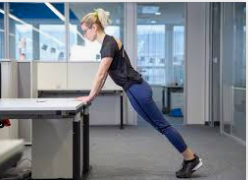
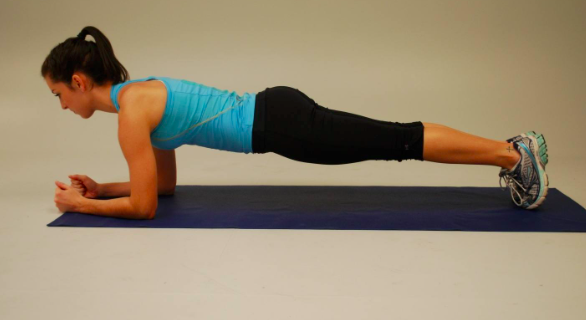
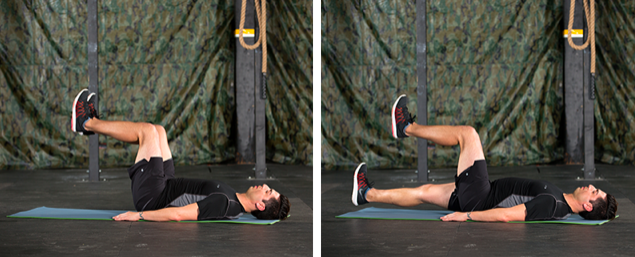
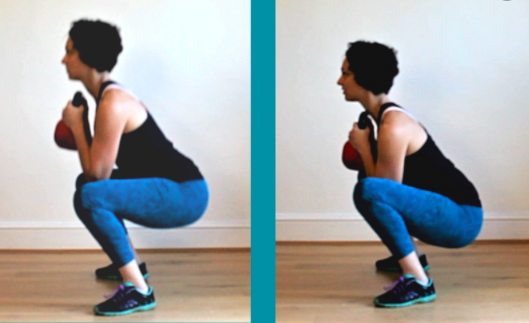
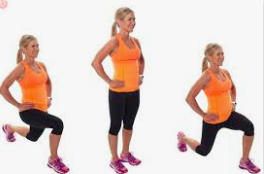
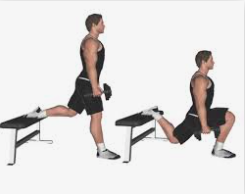
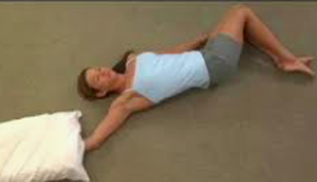
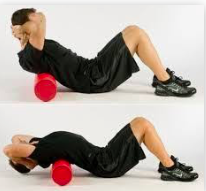
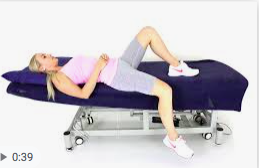
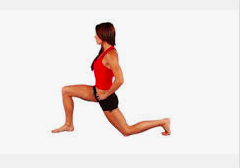

 RSS Feed
RSS Feed